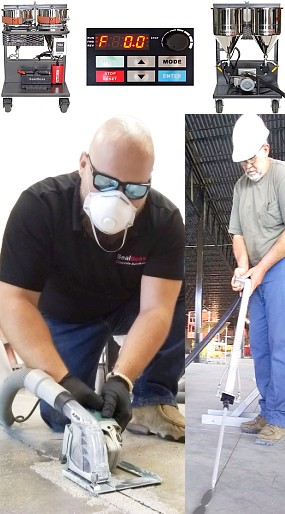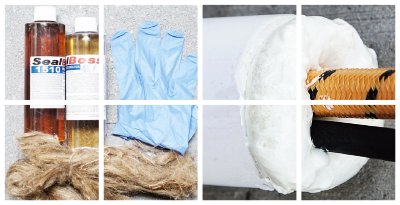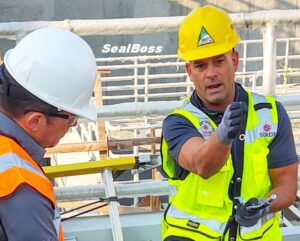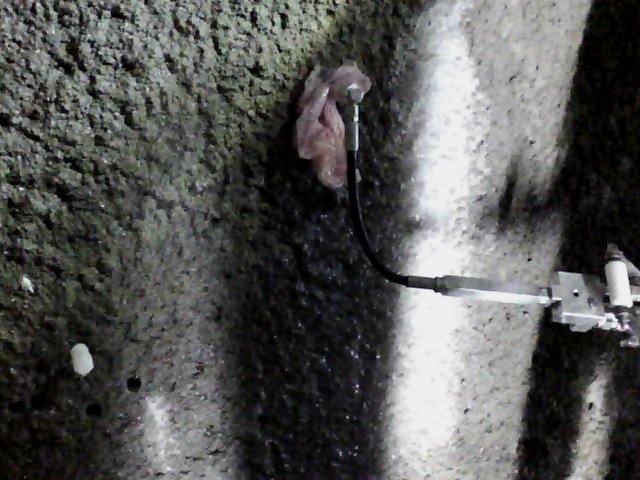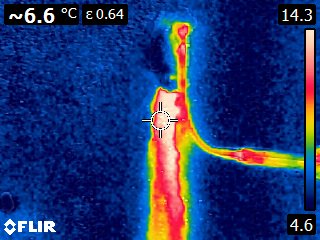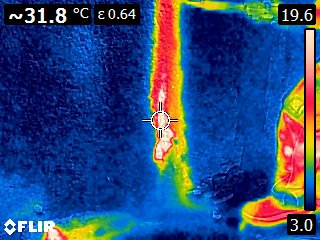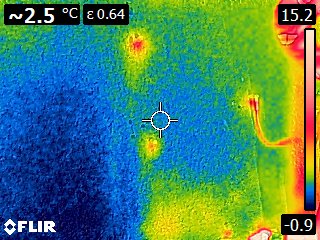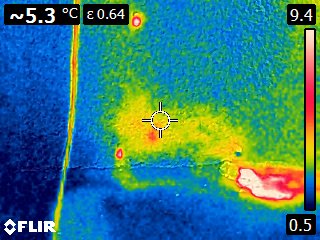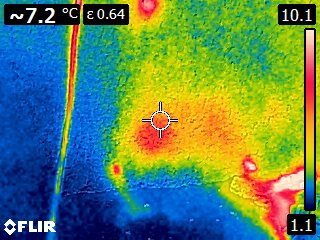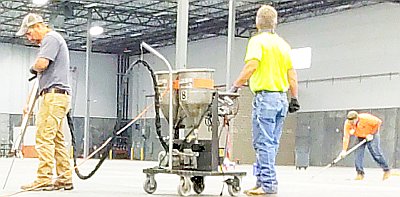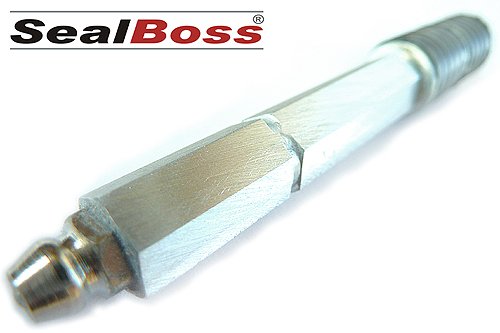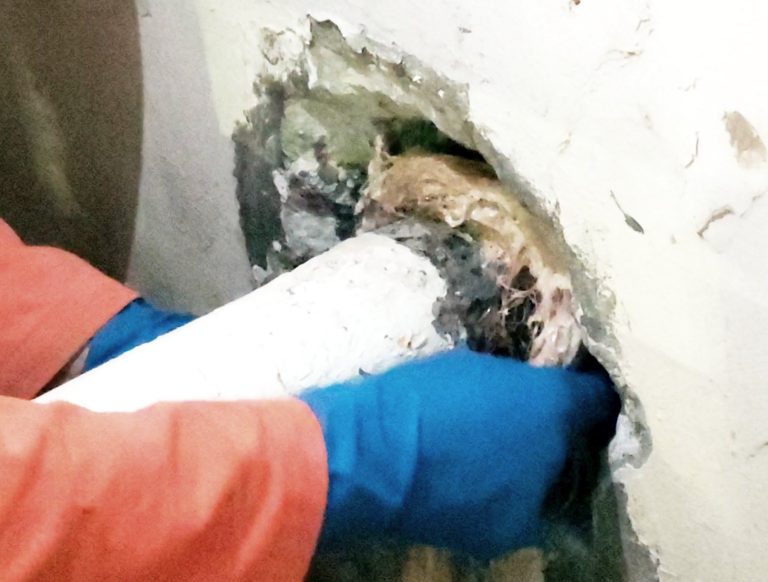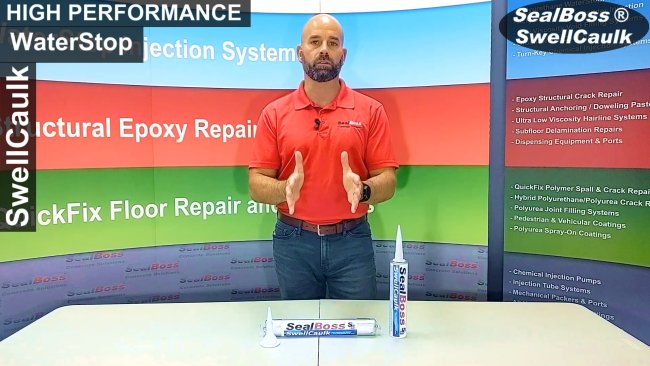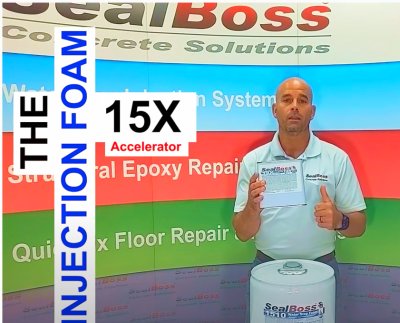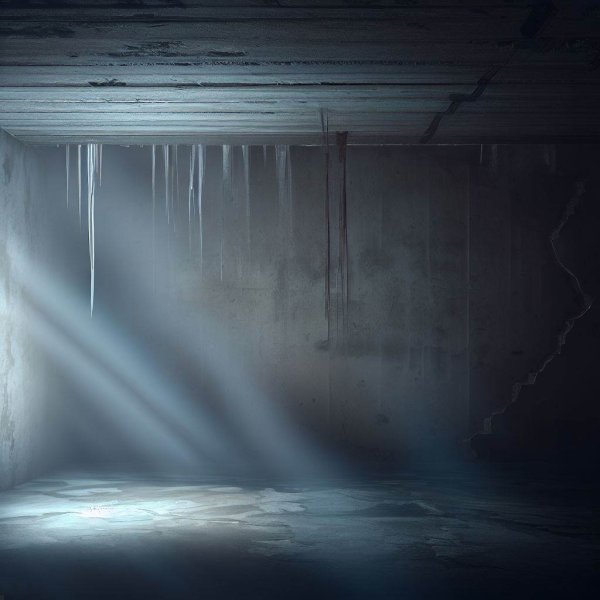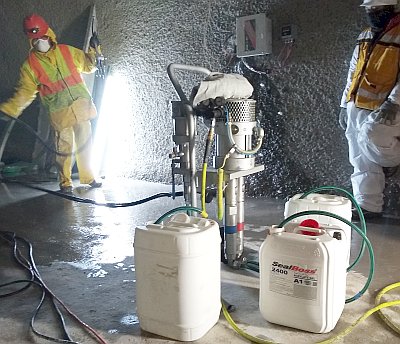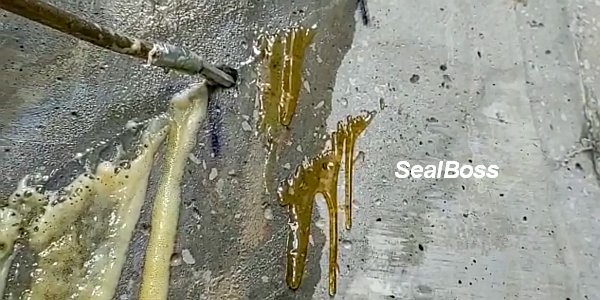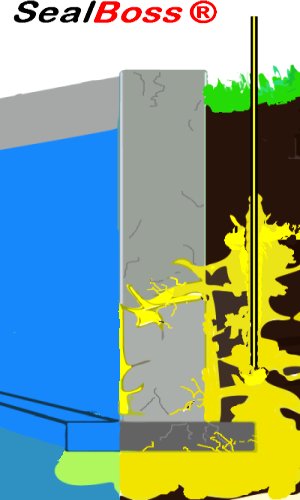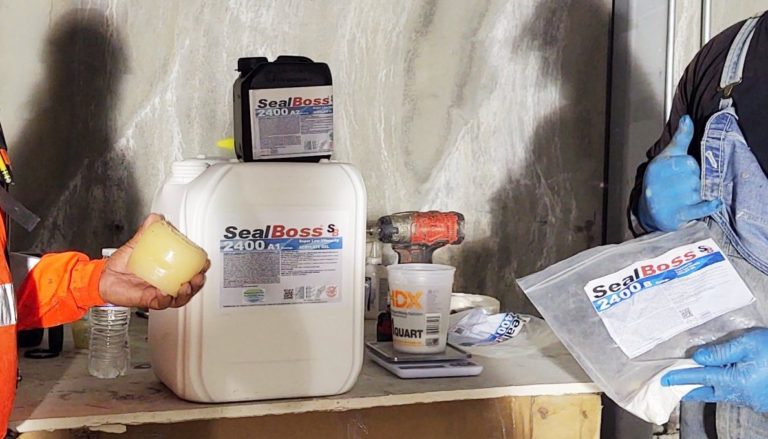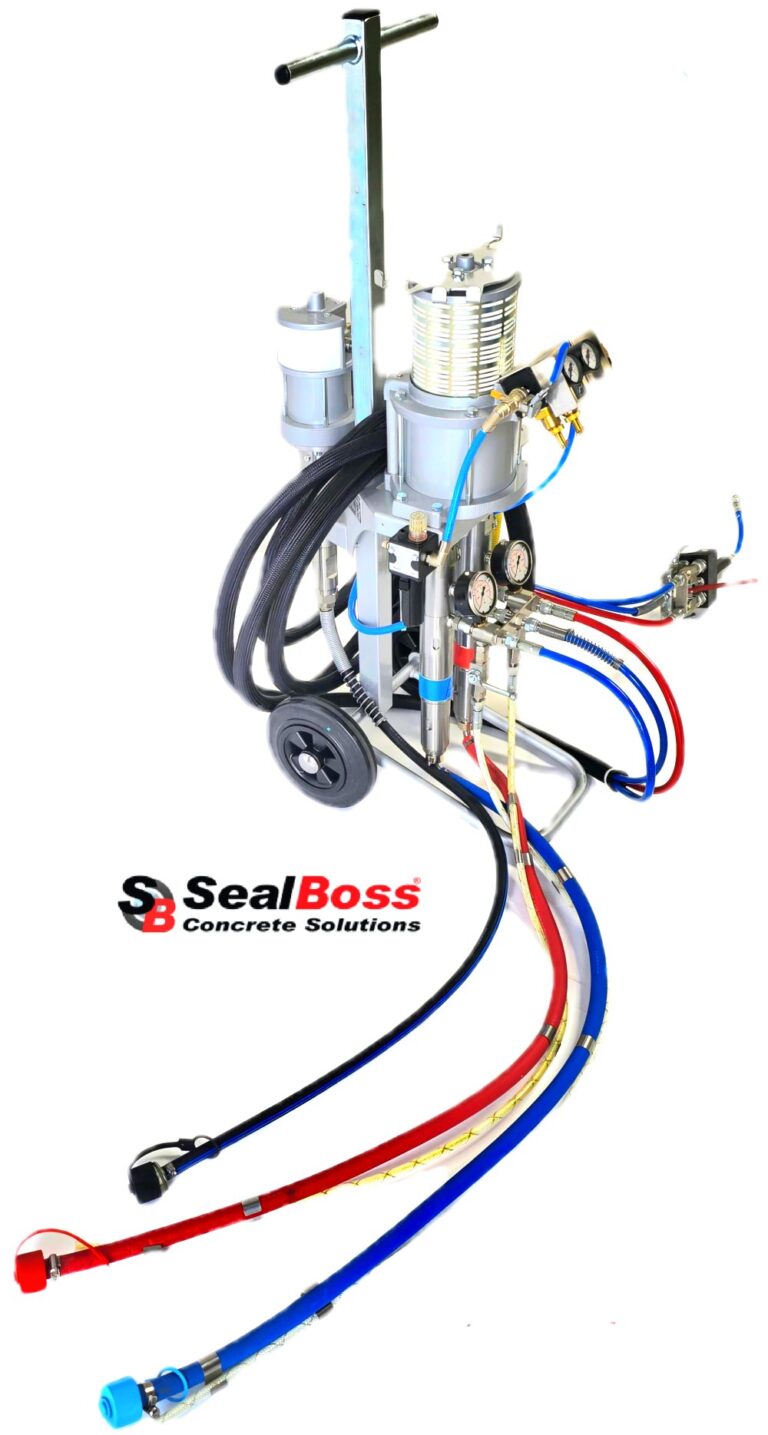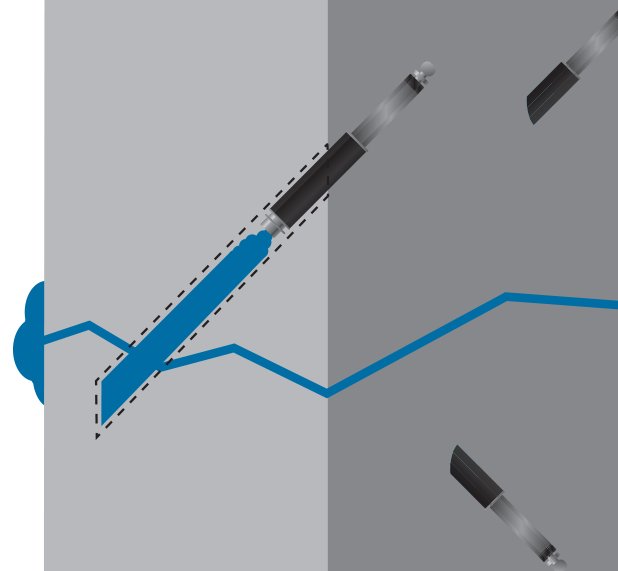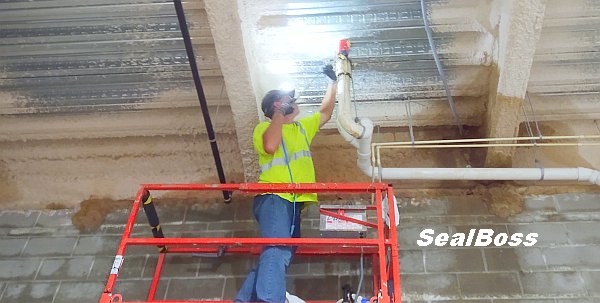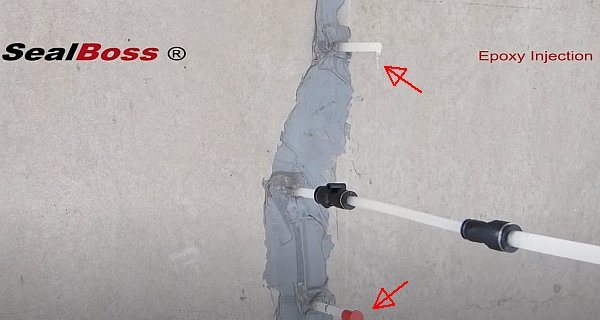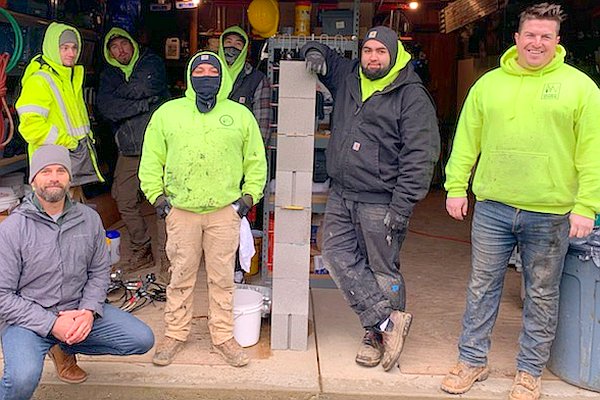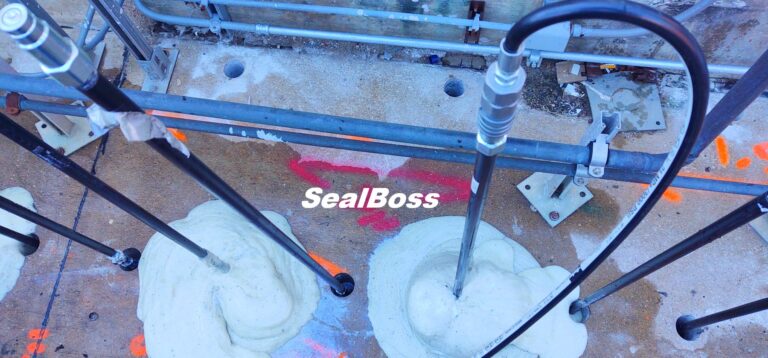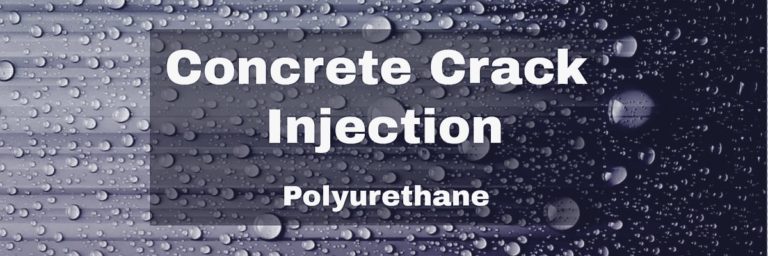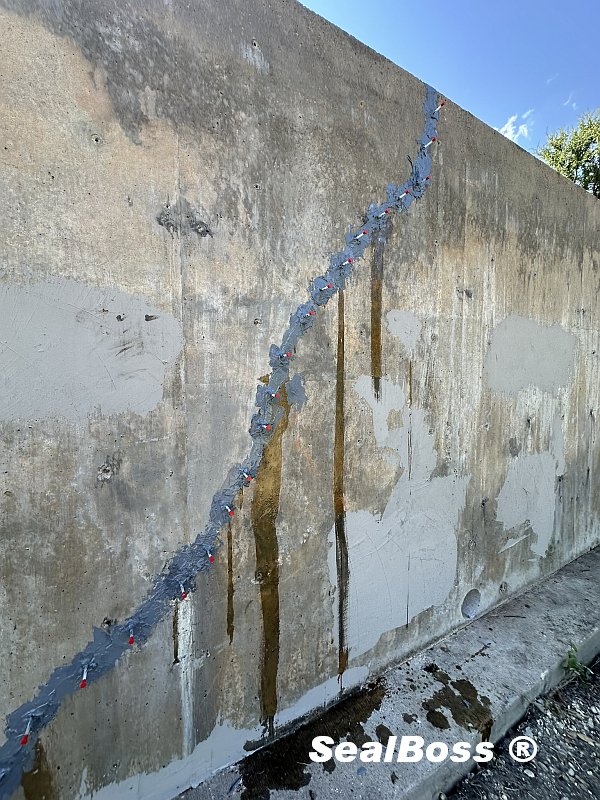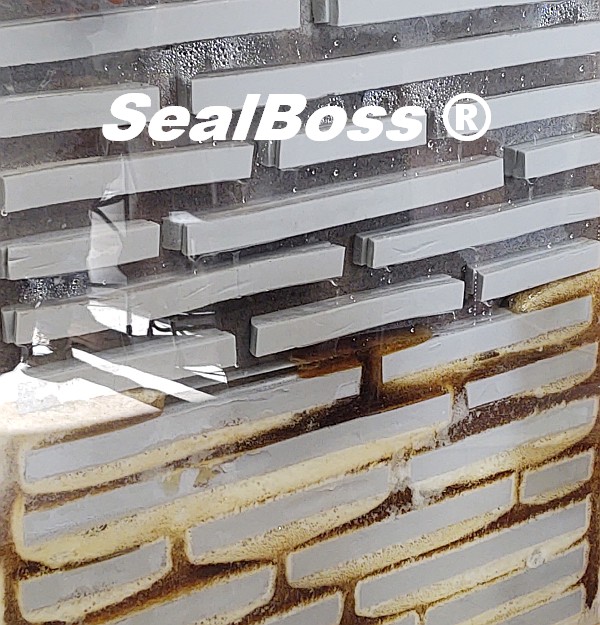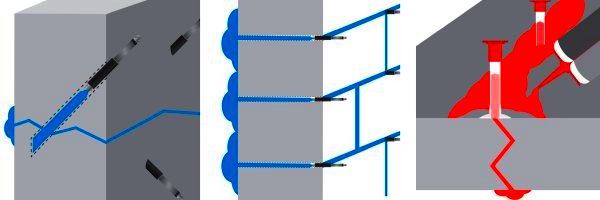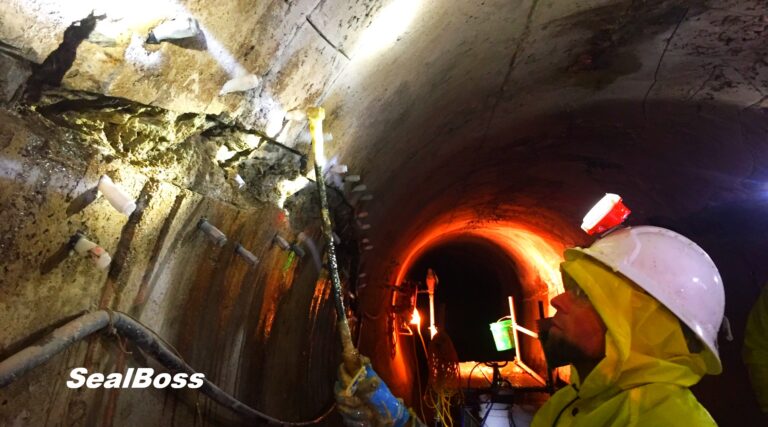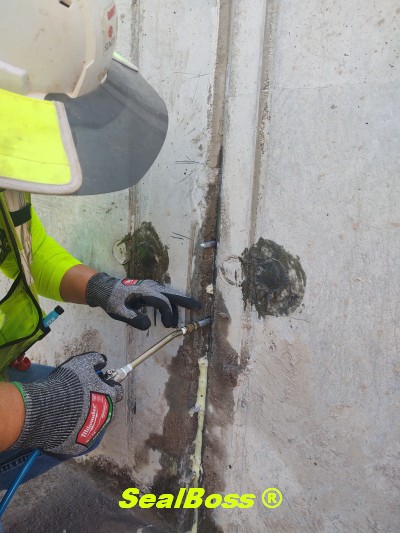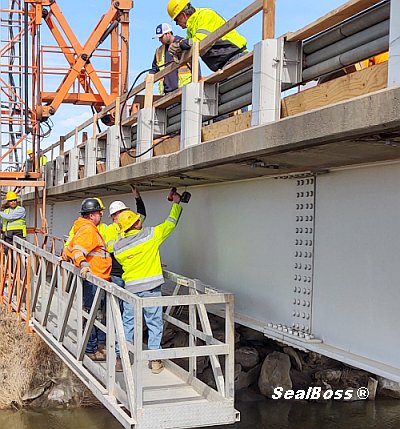Example – Polyurethane Injection Grouting Specification
SPECIFICATION – INJECTION GROUTING
HYDROPHOBIC POLYURETHANE
SealBoss 1510, SealBoss 1570, SealBoss 1570 LV
DESCRIPTION:
General
Furnish all labor, equipment, and materials necessary and incidental thereto to perform all required operations to eliminate the flow of water by pressure injection to fill cracks, voids, and joints in concrete substrates.
Definition of Terms
Refusal – when a crack or void area will accept no more grout under the prevailing pumping conditions (for reasons other than the pump-ability of the grout)
Return time – the time taken for a grout, under certain application conditions to completely penetrate a crack, void, or network of cracks.
Gel time – the time required for the grout to cure following the reaction with the accelerator.
Gel time or cure time can be affected by temperature and amount (percentage) of accelerator mixed in the component
A.
INJECTION PROCESS:
Fully examine the existing site conditions to ensure that all associated work can be performed without removing or relocating existing utilities, structures or structural members.
1) Remove all standing water.
2) Drill at a 45˚ degree angle where possible to intersect the wall/floor joint interface halfway through the thickness of the substrate (e.g. 4” deep for 8” thick slab)
3) Drilling depth should be half the thickness of the concrete member.
4) Install mechanical injection ports and secure in place at a spacing of 6-12” inches apart (6” for hairline and 12” for wider cracks). Alternate positioning from left side to right side as you move along the crack where possible. (Often cold joints require same side placement for drilling holes.)
Extremely wide cracks (if any exist) should be covered with a surface seal prior to injection in order to contain the injection resin until cured. Under proper pumping conditions in active leak injection, the following signs should be observed in the order listed:
(a) Water displaced from crack/joint by the resin
(b) Water and resin mix (foamy) appearing at the crack/joint area
(c) Pure resin from crack/joint
If the joint surface exhibits immediate free flow of resin while working the first packer, pause for a few minutes. In most cases the resin will react fast enough with the water and expand rapidly. The resulting resin product will heal the joint and provide a surface seal to contain the material to follow.
The contractor is responsible for estimating what duration time is adequate for grouting the voids and is responsible to prove that the void is full by attempting to inject each port to refusal.
Once the contractor is assured that the resin has reached the next injection packer or has sufficiently stopped the water as evidenced by the grout oozing out of the joint area, he should shut off the resin flow and disconnect pump pressure line and proceed to the next packer.
Follow the injection process for one to three packers, the contractor shall return to the first packer and attempt to re-inject it again. Some of the packers will take more grout, filling up more of the crack/joint area and creating a higher density void filler and water stop.
The contractor shall continue this procedure until refusal.
MATERIALS
A. Injection Ports
Provide suitable injection ports (steel/brass/zinc/aluminum/plastic), buttonhead or zerk fittings, shaft and rubberized expandable grommet.
B. Grout Injection Material
Hydrophobic water cut-off grout based on MDI (methylene-diphenyl-isocyanate) polyurethane. (e.g. SealBoss 1510, 1570, 1570 LV). Grout material is to be 100% solvent free and 100% solids. Gel time of the product is adjustable by adding a certain percentage of accelerator per the manufacturer’s recommendations. Grout material shall not shrink or swell. Grout material shall cure to a semi-flexible foam structure which is not affected by water or dryness.
C. Pump Equipment
1) All chemical grouting equipment shall be of a type, capacity, and mechanical condition suitable for doing the work. The equipment shall be compatible with the chemicals to be handled and shall be maintained in proper operating conditions at all times.
D.
SUBMITTALS
1) Submit all technical literature covering the chemical grout material including complete manufacturer’s specifications, recommendations and test data.
2) Provide Safety Data Sheets on any chemical products utilized during the work of this section.
3) Injection port pattern and/or grouting method statement to Architect for approval prior to starting grouting operations. Please note that this drill pattern may change due to actual travel of material, leak relocation, and/or other considerations that are not known to the applicator prior to injection.
4) Samples
(a) Stainless steel, brass, zinc, or plastic button/zerk injection packers.
F. Quality Assurance
1) Certified applicators shall be the installers of the SealBoss product lines.
G. Delivery, Storage and Handling
1) Deliver all materials in the manufacturer’s sealed original containers bearing the manufacturer’s name and product identification in a manner to prevent damage, breakage, water or moisture intrusion.
2) Store and handle all products of this section in strict accordance with the manufacturer’s instructions and product safety regulations.
3) All equipment shall meet or exceed OSHA safety requirements and be of a size and nature which does not conflict with safe accessibility to the site.
H. Project Conditions
1) Do not execute the Work of this section unless the Site Engineer or Authorized Representative is present and has authorized the work to commence.
2) Do not remove any utility equipment or piping in the area while executing the work.
I. Environmental Requirements
1) Do not apply if the temperature is below 32°F or above 90°F unless the material manufacturer is consulted for recommendations.
J. Owner’s Requirements
1) Execute all work in accordance with all safety requirements, approved written procedures and with the least amount of interference with the work of other trades as possible.
2) Equipment should be confined to the delivery area and all components shall be in good working order as approved manufacturer for use with the specified materials.
3) Immediately notify the Site Engineer/Owner’s representative in the event of any process interruption or environmental concerns which could affect the service or application conditions relative to this work.
K. Protection, Cleaning and Safety
1) Following a complete injection of all mechanical packers to refusal and where the visible leakage has been completely eradicated, remove all injection packers. Remove cured material where applicable and fill injection hole with rapid cement.
2) Clean all adjacent areas of excess material, powder, cement and/or droppings. Chemicals used for cleaning shall be non hazardous and non flammable such as the SealBoss R70 pump flush
3) Process grout materials using appropriate protective gear including gloves, masks, or goggles, and appropriate clothing as described and in accordance with the manufacturer’s SDS sheets.
Notes:
– Follow manufacturer’s recommendations for product safety and disposal of material.
– Comply with all OSHA regulations for drilling procedures using protective gear including highlighted vests, face shields, or goggles.
L. Field Quality Control
1) The Engineer shall inspect the surface and reject any port holes that are unacceptably filled or any surface area which displays other defects related to the completion of this work.
2) All work is to be done under the supervision of the jobsite supervisor or owner’s representative.
End of Section





























